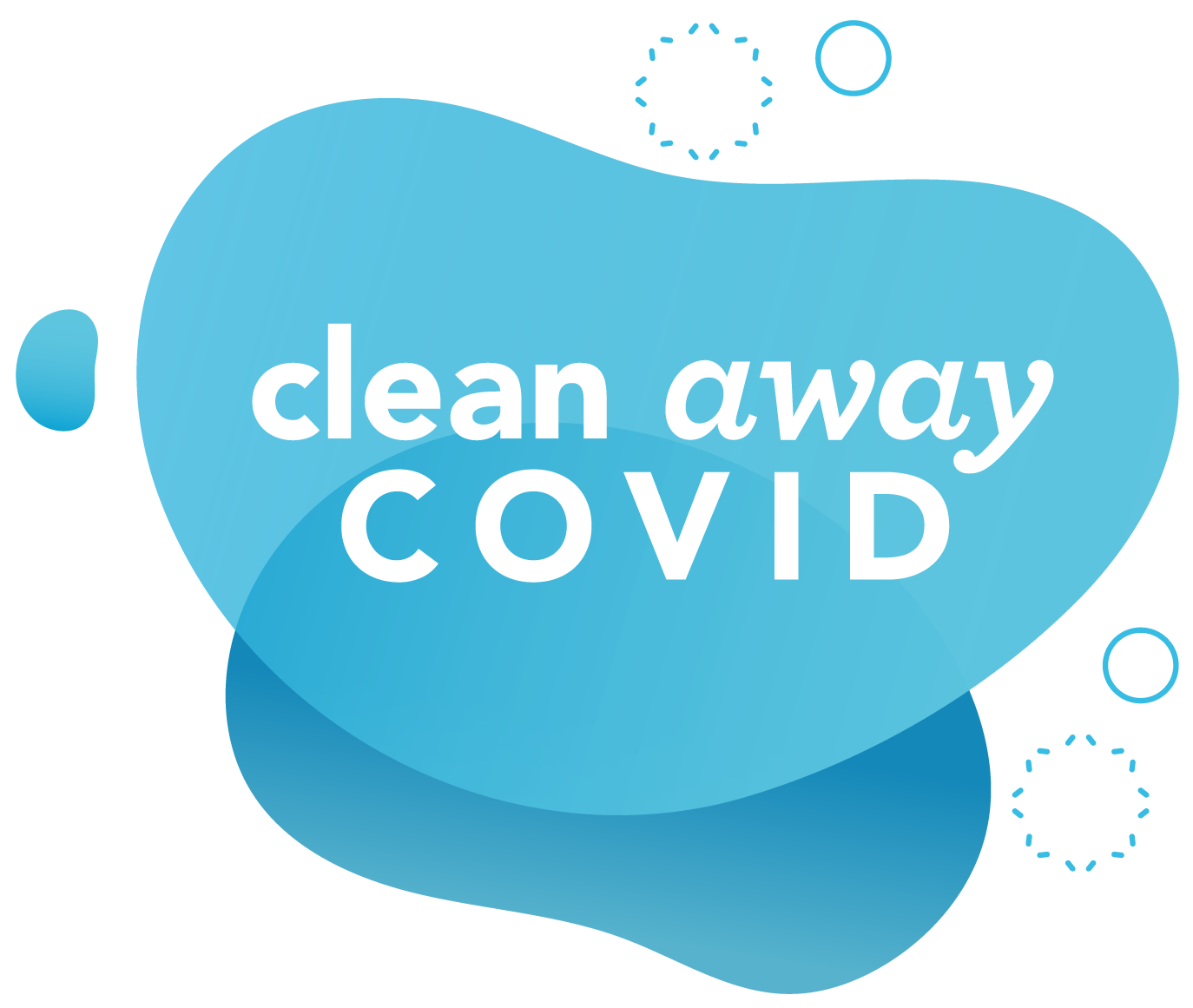
Frequently asked questions.
Do you have additional questions about cleaning your home and protecting your family from COVID-19? Check out these FAQs for more information.
What is the difference between cleaning and disinfecting?
Cleaning is using soap, water and a microfiber cloth to scrub and clean the surfaces in your household. Cleaning removes grime, grease, dirt, debris and many germs from your surfaces. You should clean your surfaces routinely.
Disinfecting is an additional step taken AFTER cleaning if someone at home is sick with COVID-19 or another infectious disease. Disinfectants are made using chemical active ingredients that kill viruses and bacteria. These solutions must remain wet on surfaces for a set amount of time to ensure effectiveness.
Cleaning FAQs
Should I clean with disinfectant or soap and water?
Always clean your home’s surfaces with soap and water and a microfiber cloth. IF someone in your home is sick, or you suspect they may be sick, follow your cleaning with a disinfecting step.
Do you recommend putting soap in a spray bottle by itself or should you mix it with water ?
You can make your own soap and water solution in an 8 oz spray bottle by using 1 teaspoon of liquid dishwashing detergent or soap per 1 cup of water. This soap and water spray can be applied directly to your non-porous surfaces,
What is the difference between Handwashing soap and dishwashing detergent?
Many handwashing soaps contain other ingredients (moisturizers, oils, fragrance) which dishwashing soaps do not. Dish soap is better designed to clean and remove oils and substances from dishes. Look for soap products featuring the Safer Choice logo, an EPA designation for products that perform and contain ingredients that are safer for human health and the environment.
How do the microfiber Cloths assist in reducing exposure To Covid-19?
Microfiber cleaning towels attract germs and trap them within the fabric, successfully removing most germs from your surfaces. Other materials such as cotton and paper towels do not.
Should I use Microfiber Cloths wet or dry?
You can use microfiber cloths either damp or dry. Microfiber cleaning towels are more absorbent than paper or cotton, but their absorbency can be diminished by fabric softener and dryer sheets. When laundering dirty microfiber towels, use only hot water and detergent and separate them from clothes and towels. Do not use dryer sheets when drying, as they can interfere with the microfiber cloths ability to attract germs.
Is microfiber bad for the environment?
Nearly all synthetic textiles — including nylon, polyester, and acrylic — release microfibers when washed. This includes many clothing and household items made from these fabrics.
While microfiber cloths also release tiny fibers when washed, they are on a much smaller scale. In other environmental areas, microfiber cloths can have a positive impact.
For example, using microfiber cloths cuts down on single-use cloths like wipes and paper towels. Microfiber cloth itself uses a lot less water than cotton. It absorbs seven times more water and dries in one third the time of cotton, reducing both water and energy use, which are both significant environmental concerns.
Microfiber cloth also offers substantial benefit in the efficacy of disinfection. Microfiber mops and cloths tend to cause less transfer of organisms (virus, spores, etc.) to the next surface cleaned (Gibson et al. 2012; Trajtman et al. 2015). When combined with a detergent alone (without a disinfectant), microfiber mops remove as may microbes as a cotton mop combined with a disinfectant (Rutala et al. 2007), thus reducing the need to use chemical disinfectants.
What cleaning supply can be used for cell phones and Tablets? Can the wipes damage these electronics?
Use a thin plastic cover on electronic devices so that they can be cleaned easily. Use the same method recommended for high touch surfaces. Clean first and then disinfect if someone is sick in the home. Here is cleaning guidance from Apple.
Disinfecting FAQs
What Is the best substitute for lysol?
There are many different types of Lysol disinfecting products that use different active ingredients. To find a disinfectant alternative that contains safer active ingredients to meet your needs, use the EPA List N website’s Advanced Search Tool.
Is plain 70% alcohol a good disinfectant?
Please use an approved alcohol-based product containing isopropyl or ethanol. DO NOT use any products that contain methanol or wood alcohol.
Do you have to wipe off the disinfectant in order to keep safe?
Yes, the disinfectant should be wiped off a surface after it has remained wet for the necessary contact time.
What about ultraviolet light to disinfectant phones?
Please refer to this FDA web page for questions regarding UV light for disinfection.
Resource FAQs
Can I share the videos on my Facebook page?
Yes, please feel free to share the videos with your friends and family.
How Can I Download the Posters?
The individual posters are available for download from each page on which they are featured within this website. If you would like to download all the posters, be sure to use our Toolkit.
Can I get this information in Spanish?
Yes, all of our Clean Away COVID videos, posters and infographics are available en español.
